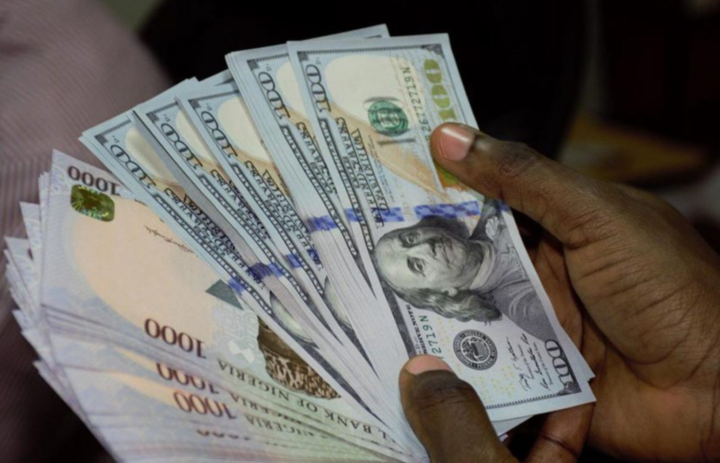In a notable reversal of stance, the Central Bank of Nigeria (CBN) has attributed the widening disparity between official and black market exchange rates to the 43 banned items implemented in 2015.
This shift in perspective was communicated through a press release titled “WHAT YOU NEED TO KNOW ABOUT CBN’S LIFTING OF FOREX RESTRICTIONS ON 43 ITEMS,” which was published on the CBN’s official website. This article delves into the implications and potential consequences of the CBN’s decision to lift the ban on these 43 items, highlighting the impact it may have on the forex market.
The central bank has explained that the decision to lift the ban was influenced by the realization that these restrictions inadvertently compelled importers to resort to the parallel market for foreign exchange. This phenomenon, in turn, put immense pressure on the parallel-market exchange rate, resulting in an inflation of prices. In essence, the CBN suggests that the 43 banned items inadvertently stimulated demand within the parallel market, making a significant contribution to the ongoing depreciation of the Nigerian naira.

Moreover, the CBN anticipates that by rescinding the ban, there will be a reduction in the gap between the official and black market exchange rates. The statement from the CBN reads: “In recent months, the widening premium between the official rate and the parallel market indicates that the rate has not been setting a clearing price. Importers of these products rely on the parallel market to source FX for importing these goods. This puts additional demand pressures on the parallel market, thereby widening the gap with the official rate and permanently segmenting the market. Removing these restrictions eliminates the need for importers of these products to go to the parallel market, reducing the pressure on the naira. The hitherto FX restrictions had implications on inflation, causing the prices of affected goods to increase.”
In simpler terms, the CBN is essentially asserting that by lifting the ban on the 43 items, the pressure on the naira will decrease in the parallel market as demand will shift to the official market. The central bank also acknowledges that the restrictions on these items had a direct impact on inflation, leading to increased prices for these affected goods.
However, it’s important to view these explanations from the CBN with a critical lens. For one, it is surprising that these statements come at a time when companies seeking foreign exchange for items not restricted by the 43 banned items still struggle to obtain dollars on the official market. Instead, they are forced to patronize the black market, not out of choice, but because it’s often the only place they can fulfill their forex needs.
Beyond liquidity issues in the official market, the CBN’s statement does not explicitly address the significant reason why demand is concentrated in the parallel market, which is the vast disparity between the official and black-market rates. Traders often distrust the official rate as it doesn’t seem to accurately reflect market reality, so even those with actual supply often choose to sell on the black market to get a better price.
It’s crucial to recognize that the central bank’s explanation fails to acknowledge the primary challenge facing the forex market, which is the severe lack of forex supply that outweighs the demand. While the ban on the 43 items did introduce its own set of problems, it is not the sole reason for the disparity between the official and black-market exchange rates.
Looking back, when the exchange rate was initially unified on June 14th, 2023, the premium of the parallel market over the official market was minimal, hovering around the acceptable 5% threshold. However, as it became clear that there was a shortage of supply in the official market, demand naturally flowed into the parallel market, exacerbating the issue.
A recent report by InfoStride News revealed that the official forex market witnessed an average daily turnover of only $100 million, which emphasizes the extent of the supply problem. To further underscore the notion that Nigeria is currently grappling with a currency crisis that leads to supply constraints, we can look back to the period between 2018 and 2019 when the exchange rate remained stable at N360/$1. During this time, Nigeria attracted over $20 billion in foreign portfolio inflows into the economy, despite the presence of the 43 banned items.
In summary, while the CBN’s decision to lift the ban on the 43 items is a significant move, it is essential to recognize that the challenges facing Nigeria’s forex market run deeper than these restrictions. The core issue lies in the supply-demand imbalance, which requires a more comprehensive solution to ensure stability and confidence in the forex market.
Support InfoStride News' Credible Journalism: Only credible journalism can guarantee a fair, accountable and transparent society, including democracy and government. It involves a lot of efforts and money. We need your support. Click here to Donate
